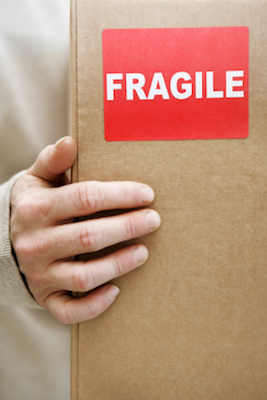When a piano is moved, it can go out of tune due to a number of factors:
- Humidity levels may change
- Temperature levels may change
- Bumps and bangs can knock it out of tune
It also depends on the length and distance of the move. Are you moving it from the living room to the family room? Are you moving it 10 minutes away? Or will it be moved half way across the country?
Longer moves will typically provide more opportunity for a piano to expand and contract based on the different environments it resides in. Yet even a slight movement can sometimes have a big impact.
Where is a piano coming from, and where will it be moved to? Some pianos are well taken care of, tuned every four months, and being moved from your old home to your new home. Other pianos may have been stored in a basement for years without tuning, and moved into a home for a young child to begin lessons. Big difference in the care it had before the move; big difference in the approach to take to bring it back in tune.
If a piano is on a regular maintenance schedule, it’s probably okay to keep to that schedule and your piano will continue operating at peak condition.
If a piano has been sitting in storage for years without maintenance, the first tuning may not have full effect. In order to bring it into tune, it may take several attempts, which means working on it from the moment you move it will start the process.
If a piano is coming from a desert community and will be placed in our more humid climate here in Memphis, it may take a few days of adjustment to settle in to its new environment. Give your piano time to adjust to its new surroundings, then schedule a piano tuning session to perfect its pitch.
If a move is in your future, start by talking with a professional mover first. They can help walk you through the process, and provide you with the best advice for maintaining the sound quality of your piano.


